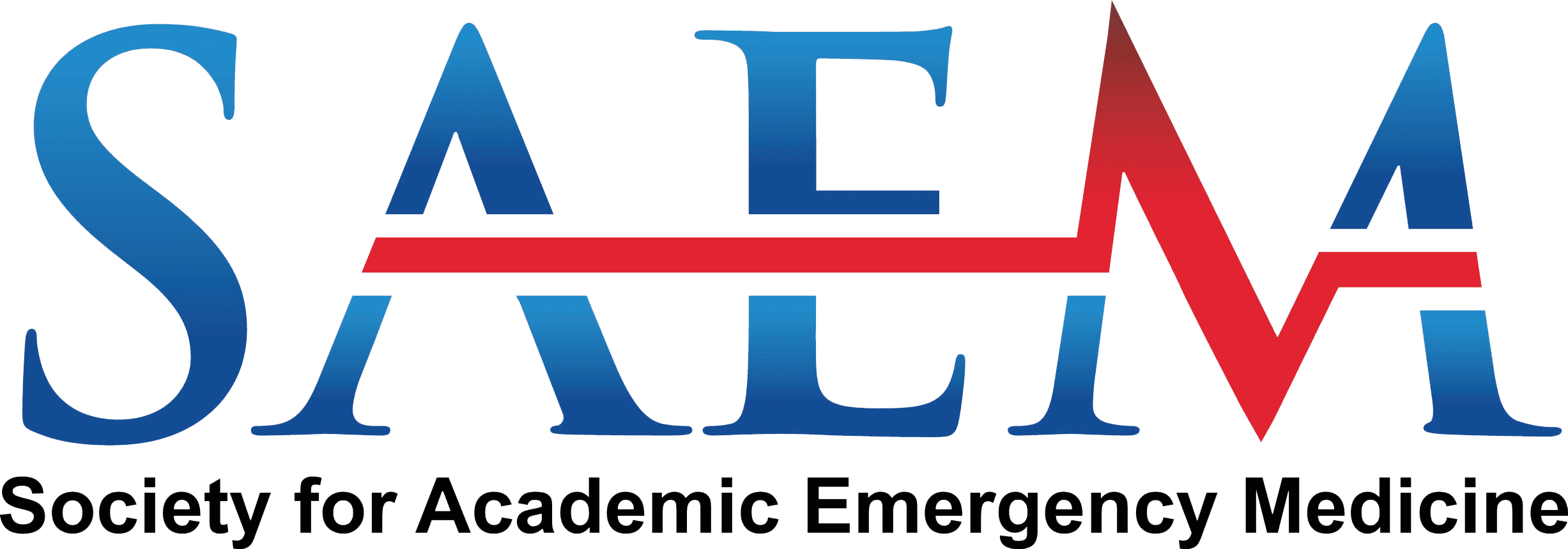History of Emergency Medical Education

Pursuit of the medical education pathway allows one to develop expertise in clinical teaching and education, resulting in career opportunities in academic emergency medicine (EM) as a clinical or classroom instructor or educational administrator. Within the medical track, students and residents may focus on one or more of the following areas: bedside training, classroom teaching, curriculum design and evaluation, medical education research, residency administration, or medical simulation.
Why a Medical Education Pathway
Medical education appeals to those who have a desire to teach. As a medical educator you have the opportunity to train future emergency physicians and help shape the future culture of medicine. While a desire to teach is inherently necessary within the field, professionalization of medical education now requires a more focused set of skills. Educators must be able to identify and assess groups in need of knowledge and develop interventions to help them learn. This encompasses a focus on both how the target group learns and how to motivate them to remember.
History of Academic Emergency Medicine
The development of medical education within EM is inherently the history of the development of EM as a primary specialty. Initially, EM was conducted by physicians from other specialties especially surgery, internal, and family medicine. With recognition of EM as a standalone specialty in 1979, academic institutions began setting up EM programs with curricula focused solely on EM. The first full-time EM practice was established in Alexandria, Virginia, under the direction of Dr. James D. Mills, Jr. This group was groundbreaking at the time but their early practice model largely reflects EM as a field today: they referred all patients for admission or outpatient care, they practiced exclusively in the emergency department (ED), and they saw all patients regardless of ability to pay.
Using the Alexandria model, hospitals across the country began establishing similar EDs. As greater numbers of physicians entered the field, they recognized a deficiency in education specific to EM as physicians were classically trained as internal, surgical, or family. In 1968, the American College of Emergency Physicians (ACEP) was founded and promoted at a national level. Shortly after its founding, ACEP’s leadership began to pursue recognition of EM as an independent specialty. This proved laborious as historically EM was thought of as a place of practice, not a body of knowledge. Due to their efforts, by 1976 the American Board of Emergency Medicine (ABEM) was incorporated and the development of an initial examination through a special assessment under ABEM was created. In 1979, ABEM was formally recognized as a specialty by the American Board of Medical Specialties. With recognition as an individual specialty, EM programs became established and emergency physicians became responsible not only for determining the body of knowledge constituting EM, but training future physicians within the role.
Current Academic Track
Individuals pursuing this track have an ever-expanding field of career options open to them. Traditionally, this track leads to careers in either undergraduate or graduate medical education or research. This can include positions as associate professors, residency program leadership, assistant or associate deans of medical schools, or a dedicated institutional officer for graduate medical education (GME) at any institution. Positions in national health education are also available. In addition, educators can become involved in specific educational opportunities such as simulations, CME opportunities, and training of other health providers (RN, NP, PA, CRNA, EMT, etc.).
- Positions: Roles available to those interested in academic EM are readily available and continuing to expand. Not only are numerous positions open within teaching institutions and research projects, but the versatile nature of EM opens opportunities outside of EM resident education, including simulation training, disaster education, ultrasound education, and allied health provider training.
- Salary: While compensation varies depending on location, experience, credentialing, etc., education roles typically result in a decrease in pay. While no hard and fast rule exists, educators generally receive salaries approximately two-thirds of their non-academic counterparts. Fellowship salaries accredited through the Accreditation Council for Graduate Medical Education (ACGME) depend on whether they are considered adjunct faculty or a PGY4-5 position.
- Geography: Educational opportunities within residency training programs are as geographically dispersed as medical schools. Most are located in urban areas, though many community hospitals are beginning to incorporate emergency residency programs as well. Outside of traditional undergraduate medical education (UGME) and GME roles, education positions are ubiquitous.
- Work Hours: Work hours typically mirror those of non-academic emergency physicians, however, academic tracks often incorporate some level of time split between clinical, administrative, and scholarly activities. That said, educators often report working more hours than contracted as their workload incorporates such tasks as a journal club or dinner with residency program applicants.
- Research Requirement: Dependent on institution as well as position - requirement can range from none to a significant amount.
- Future of Academic EM: The need for EM physicians to fill academic positions is expected to continue to grow alongside the expanding need for physicians as well as health educators.
